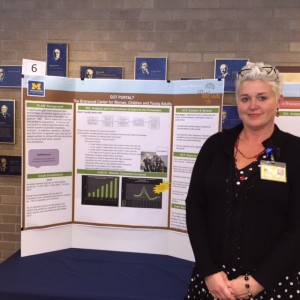How do you keep up with industry news? Do you have a favorite online publication? Are you a reader or a listener? I find myself struggling to keep up with everything I want to read. But I’m doing better, now, with  at least tracking on the headlines and top industry news stories.
at least tracking on the headlines and top industry news stories.
For all you busy multi-taskers who may be looking for an alternate way to educate yourself and stay current, 20-30 minute podcasts are a great option. Whether you’ve got a long daily commute, need something to listen to while working out at the gym or while walking the dog, consider listening to podcasts.
Here are some podcast series worth checking out:
This Week in Health IT – This is a new program launched by Bill Russell, CEO at Health Lyrics, focusing on news of the week and a topic of interest. He publishes online every Friday afternoon. I was honored to be on the program last week. We covered the Amazon, JP Morgan, Berkshire Hathaway announcement and the Apple health records app story. Both are examples of the disruptive forces we are seeing in healthcare. Bill and I also talked about the evolving role of the CIO and shared our favorite social media posts of the week.
HealthSystemCIO.com – Anthony Guerra and Kate Gamble have been conducting extensive one-on-one interviews with CIOs for several years. They publish them online as multi-chapter series. These interviews provide insight and experiences for everyone in health IT. And if you’d rather read the interviews, they are also available as full transcripts. Continue reading








 Recently I wrote that October was Quality Month and I highlighted
Recently I wrote that October was Quality Month and I highlighted 
